The Largemouth Bass is a popular and easily recognizable freshwater fish known for its size and predatory nature. This guide provides essential information on its characteristics, behavior, and identification, making it ideal for anyone interested in learning about this iconic species.

Basic Info
- Common Name: Largemouth bass
- Scientific Name: Micropterus salmoides
- Group Name: Perciformes (perch-like fishes)
- Average Life Span In The Wild: 10-12 years
- Size: Can grow up to 24 inches (61 cm) in length
- Weight: Can weigh up to 10 pounds (4.5 kg)
- Behavior: Largemouth bass are aggressive predators that feed on smaller fish, frogs, crayfish, and insects. They are solitary fish that prefer to live in areas with submerged vegetation or rocky structures.
How to Identify
- Body Shape: Largemouth bass have a robust, torpedo-shaped body with a large mouth that extends past the front of the eye.
- Color: Their color varies depending on their environment and age. They can be olive green, brown, or bronze with dark spots or blotches.
- Mouth: The most distinctive feature of largemouth bass is their large mouth, which is equipped with sharp teeth.
- Lateral Line: They have a visible lateral line running along their sides.
- Scales: Their scales are relatively large and rough to the touch.
- Fins: Largemouth bass have two dorsal fins, the first of which is spiny and the second of which is soft. They also have a large caudal fin (tail fin) that is rounded or slightly forked.
Largemouth bass are popular game fish that are sought after by anglers worldwide. They are known for their aggressive fighting style and their delicious taste. If you’re interested in catching largemouth bass, be sure to do your research and learn about the best techniques and equipment for targeting this species.
Some pictures of Largemouth Bass


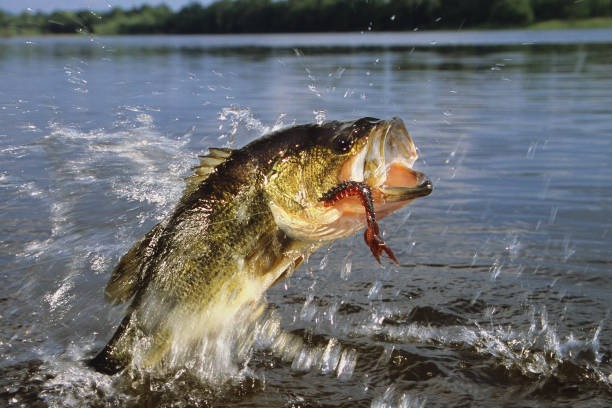

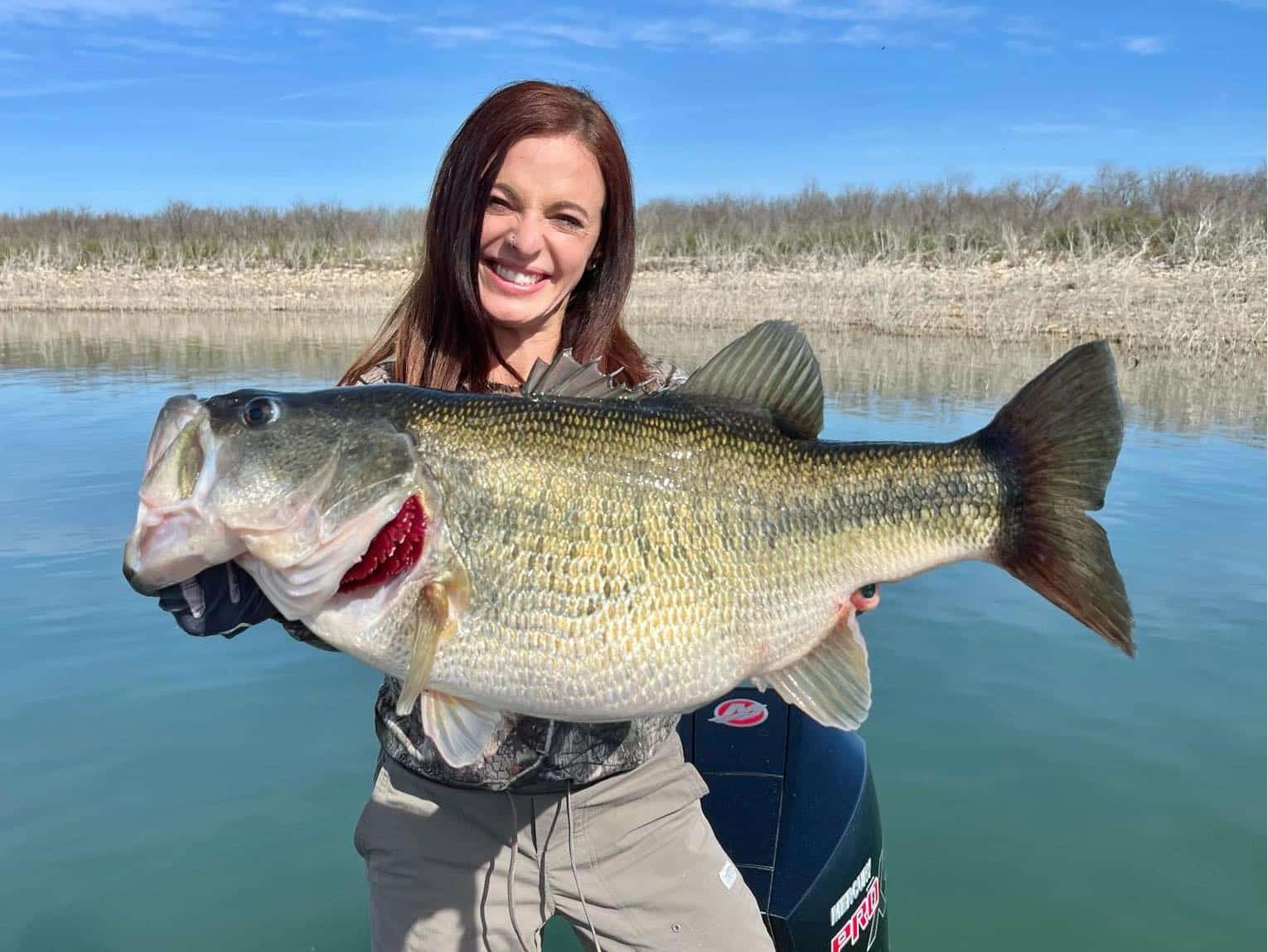
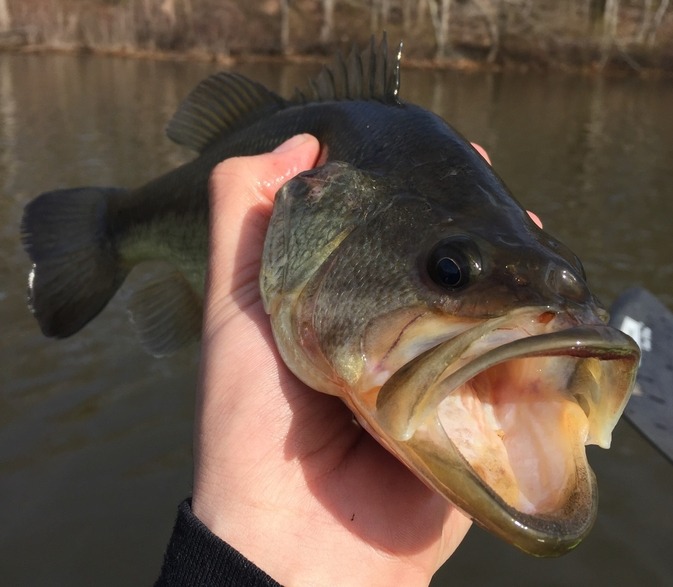

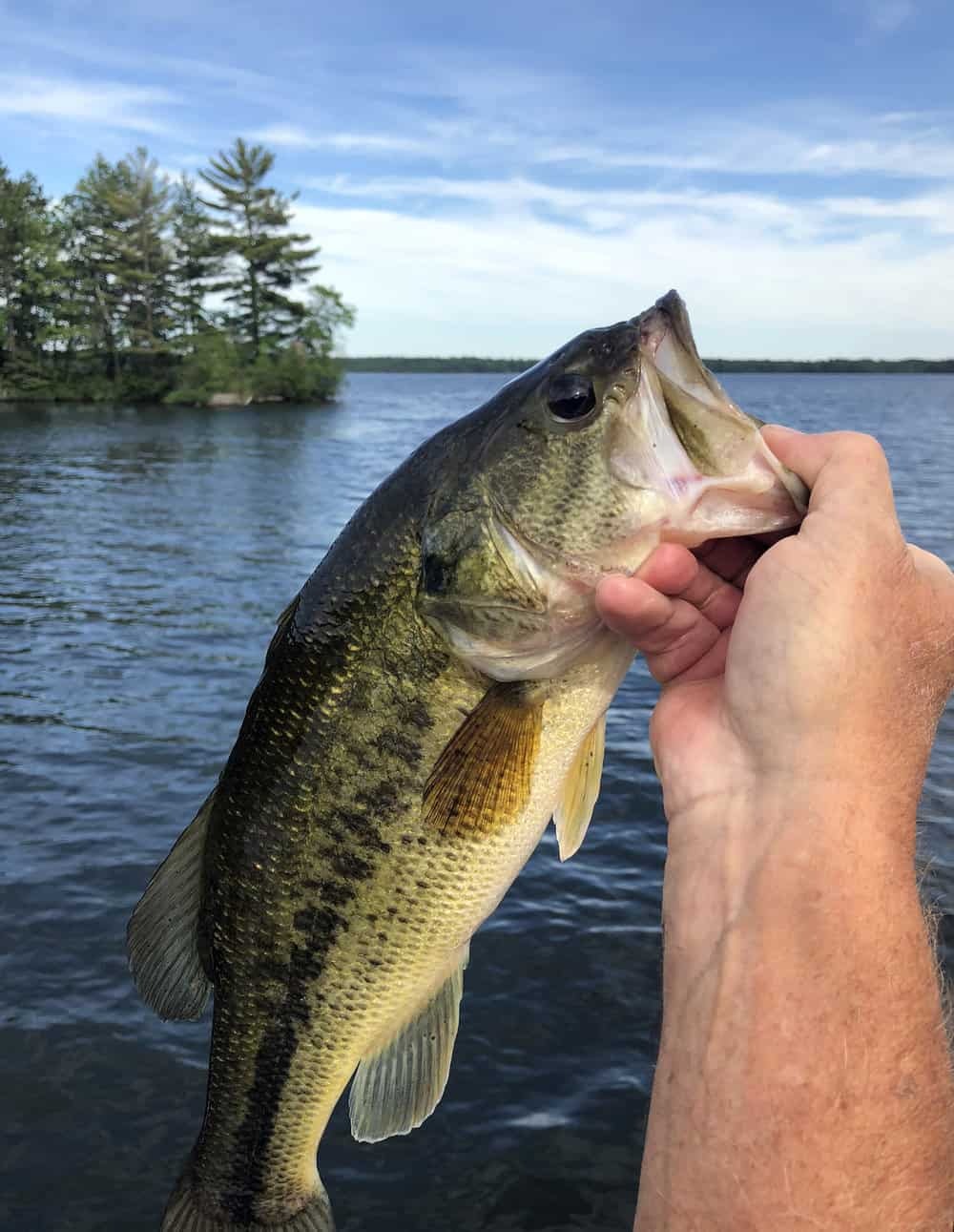
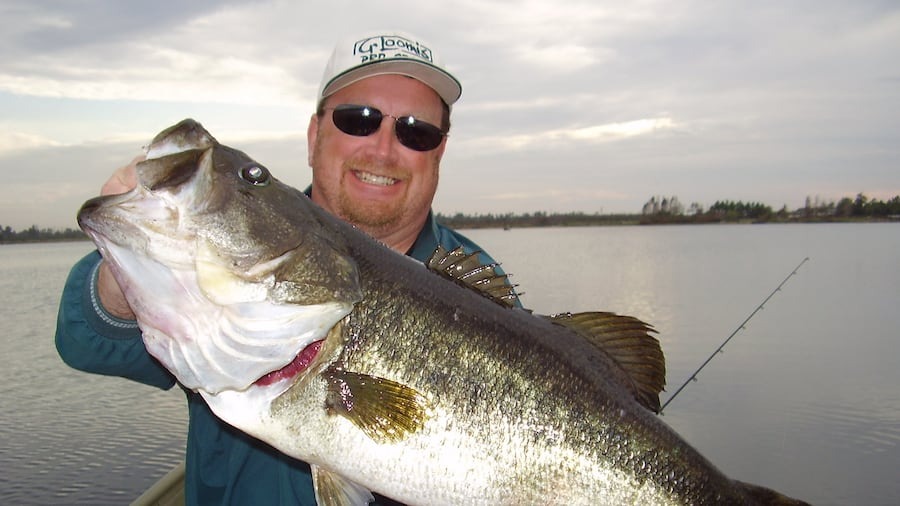
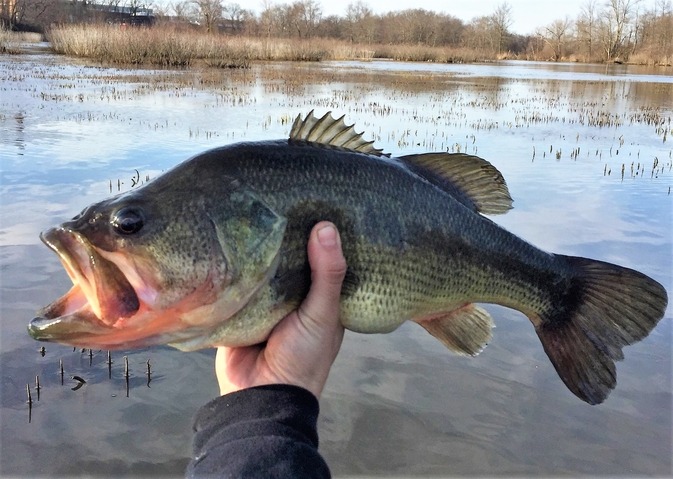

Robert Smith is the proud owner of Bait Barrels and Bows, a premier fishing sports store established in 1989. With over three decades of experience in the industry, Robert has honed his skills to become an expert angler, sharing his vast knowledge and passion for fishing with enthusiasts around the world. Through his store and writings, Robert provides invaluable tips and guidance, helping both novice and seasoned anglers improve their techniques and enjoy the sport to its fullest. His commitment to the fishing community is evident in his dedication to quality products and excellent customer service.

